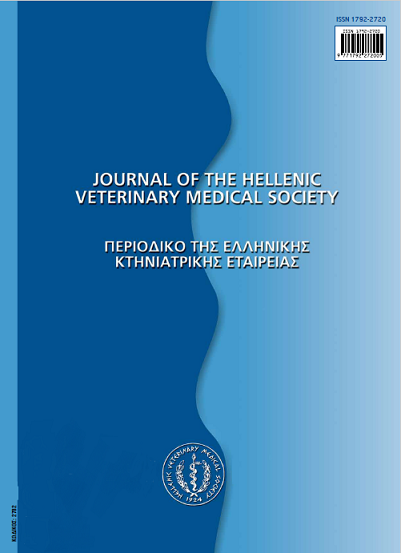Biosecurity measures on cattle farms

Abstract
The aim of implementing biosecurity measures on cattle farms is: a) to preserve a high health status of animals by protecting them from new and existing pathogens and b) to ensure the production of safe food. General biosecurity measures should be implemented in any farm regardless of any specific problem. In "open" herds, where cattle have contact with animals from different farms (purchase of breeding animals, participation in cattle shows, common pastures etc) more strict biosecurity measures (i.e., isolation of in-coming animals, clinical examinations, laboratory tests, vaccinations) should be implemented. Therefore, "closed" herds present significant advantages in terms of health management. Moreover, all farms must apply control-restriction measures for visitors and vehicles as well as control and protection measures for feedstuffs and water. Animals of other species (farm or companion animals) should not be kept on the farm, whereas the entry of stray and wild animals must be prevented. Planned control measures for insects, rodents and wild birds are imperative. Management practices, such as grouping according to the age of cattle, but avoiding mixing young with older animals, should be combined with high housing standards, including proper ventilation and frequent manure removal. The implementation of the "all-in, all-ouf principle, whenever possible, as well as proper disinfections, are necessary to eliminate the distribution of pathogens within the farm. Dangerous chemicals and veterinary products must be kept in designated areas. Appropriate nutrition and avoidance of stress will boost the immune system of cattle. On the other hand, genetic selection, based on specific genetic indexes, will increase disease resistance. Moreover, proper manure handling and storage reduces the danger of disease transmission. The aim of specific biosecurity programmes is to confront specific health hazards on farm. Such programmes are developed according to the risk analysis methodology, which comprises risk assessment, risk management and risk communication. Both veterinarians and farmers give priority to problems that are related with farm profitability, public health and animal welfare. Grouping health problems by some of their common characteristics, allows a simultaneous approach, without extra effort. Overall, the lack of professional attitude by farmers, the defective design and development, as well as the inadequate organization of Greek cattle farms, are the main obstacles in implementing biosecurity measures. But, part of the responsibility lies on the veterinary profession as well; lack of training and motivation is the most probable explanation.
Article Details
- How to Cite
-
VALERGAKIS, G., ARSENOS, G., & OIKONOMOU, G. (2018). Biosecurity measures on cattle farms. Journal of the Hellenic Veterinary Medical Society, 59(1), 9–22. https://doi.org/10.12681/jhvms.14943
- Issue
- Vol. 59 No. 1 (2008)
- Section
- Review Articles

This work is licensed under a Creative Commons Attribution-NonCommercial 4.0 International License.
Authors who publish with this journal agree to the following terms:
· Authors retain copyright and grant the journal right of first publication with the work simultaneously licensed under a Creative Commons Attribution Non-Commercial License that allows others to share the work with an acknowledgement of the work's authorship and initial publication in this journal.
· Authors are able to enter into separate, additional contractual arrangements for the non-exclusive distribution of the journal's published version of the work (e.g. post it to an institutional repository or publish it in a book), with an acknowledgement of its initial publication in this journal.
· Authors are permitted and encouraged to post their work online (preferably in institutional repositories or on their website) prior to and during the submission process, as it can lead to productive exchanges, as well as earlier and greater citation of published work.


